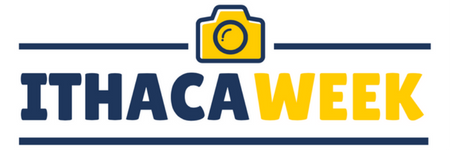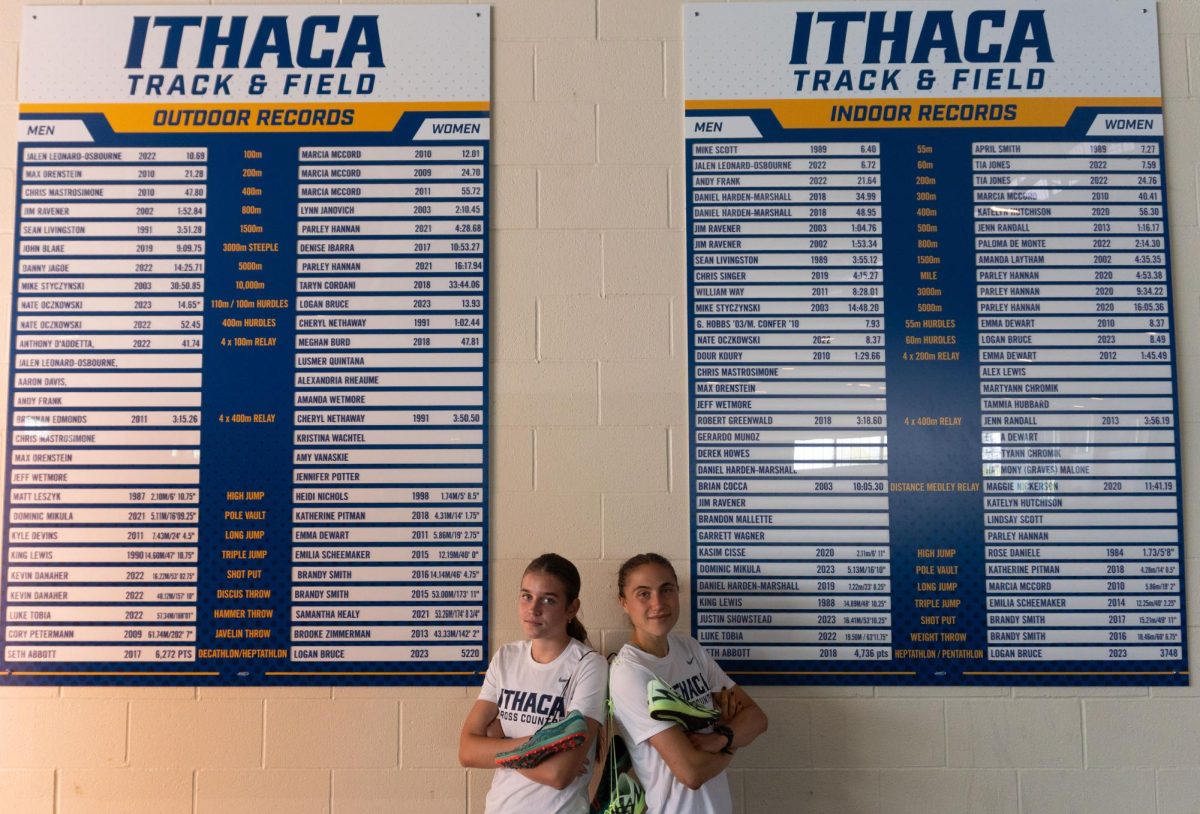Deborah King, associate professor of biomechanics in the Department of Exercise and Sport Sciences at Ithaca College, entered the final stages of her most recent study. King specializes in figure skating and has been collecting data from a new piece of wearable technology that attaches to the ice skate. After conducting trials with the device since March, she’s hopeful that this round will be her last.
King and her team designed the instrument to measure the vertical and horizontal forces exerted by skaters during jumps, in hopes of making sense of overuse injuries.
“Skaters have a lot of injuries,” said King. “We’re not sure if those injuries are caused from jump landings or takeoffs. It seems somewhat logical, but we don’t know that yet. If we go with that theory that it’s certainly a possibility, this will give us the tools to look at different interventions and see if they’re effective.”
King met Sarah Ridge, assistant professor of biomechanics at Brigham Young University, at a conference in 2009. As a former competitive figure skater, Ridge uses her own experiences to further her research.
“I was also motivated by the number of injuries I saw in my friends,” said Ridge, “Like cracking and popping hips. I feel like you shouldn’t be cracking at 18!”
“Compared to other sports, ice is the hardest landing surface and it has virtually no shock absorption. Therefore, the joints in the foot, ankle, knee, hip and back must do all the work to absorb the shock upon impact.”
-United States Figure Skating Association
Ridge has been working closely with the engineering program at BYU to design the device. Ithaca College does not have an engineering program, so the research team relies on a combination of faculty members and graduate assistants to develop the instrumentation and communicate their results with the team in Ithaca.
Along with several student assistants at IC, King recruits local skaters to volunteer in the lab to jump on a force plate covered by a slab of artificial ice.
The team hasn’t sufficiently waterproofed the skate, so right now it’s only being used in a lab setting. Their main goal is to measure the data received by the device and the force plate to make sure that they match up to determine that the device code is reliable.
Ithaca College senior Cody Stahl, who admits that he’s “a terrible skater,” assisted with the project this past summer while on a DANA scholarship, which is reserved for students who do summer research or an internship. It helps secure funding while providing the student necessary research experience.
“I’d kind of walk [the skater] through what we were gonna do for each trial and how it’s gonna go,” Stahl said. “I’d be the one collecting the data on the computer. Really it’s just stop and start and a few saves. Then [Professor King] would turn on the boot, because we have a card that reads each jump. So we turn it off and back on, and when we go to analyze it, we have to know which one’s which.”
While King received the prototype in March, she’s had to send the boot back to BYU multiple times to adjust something. She is now starting to do trials on the third version of the blade.
“On the version we’re on now, which is hopefully the final version, we’re only up to 150 or 200 trials over across maybe four skaters,” said King. “We plan on using about ten skaters and each skater is doing about 25 trials.”
Figure skating is a harshly under-researched topic, with practically no data on file. King states that running, for example, has been researched heavily for decades and there are still plenty of unanswered questions. Without proper instrumentation, figure skating lacks the means to produce similar data.
The ultimate goal of the project is to be able to read a specific skater’s data and determine where his or her high forces lie, and find out how to combat or reverse them.
“Maybe strength and conditioning programs to help them handle the higher forces,” King said.
As of right now, however, there is not enough data to determine if any of her theories are true.
“We want to get started and pass the research along,” said King, “because we can’t do everything ourselves.”



















